Every continent had historically famous kingdoms, cultures and settlements. Each of these communities of people had its own art forms and techniques. Today we call them by names like Aztec, Egyptian, African and Indian art. The history of the Ancient art movement explores this kind of art, where it came from and some famous historic ancient art pieces. Today, we visit museums to see these beautiful artworks of human expression and even royal commissions to local artists.
What type of art was created during the Ancient Art period?
Pieces from the ancient world art movement are in the form of artefacts, buildings, hieroglyphics, clothing and jewellery, calligraphy and illustrations from advanced early civilisations.
Ancient Art was created and popular during which years?
The Medieval art movement happened roughly from 5000 BC to 300 AD.
Where was Ancient Art made and popularised?
Civilisations across Africa, South America and Asia made cultural and architectural marvels that contribute so much to their rich artistic heritage. Particularly, civilisations in places like Mesopotamia, Greece, Egypt, Assyria, Babylon, Byzantine, China, Mohenjodaro in the Indian sub-continent, and the Aztecs and Incas in South America have made great contributions to Ancient Art.
What medium (media) and tools were used to make Ancient Art pieces?
Metal and woodwork, carvings and petroglyphs, buildings made from brick and mortar mixtures. Paints were made from dyes made of natural sources like insects, and natural extracts mixed with oils. Jewellery and clothing were made from animal hide, wood, seeds and other materials. These were the materials used to make some of the most famous Ancient Art from this period.
Who are some famous Ancient Art artists and artworks?
The records of artist names are not particularly found in an organised file that is over 4,000 years old. The ancient art movement, nevertheless, has some extremely popular pieces.
Mask of Agamemnon
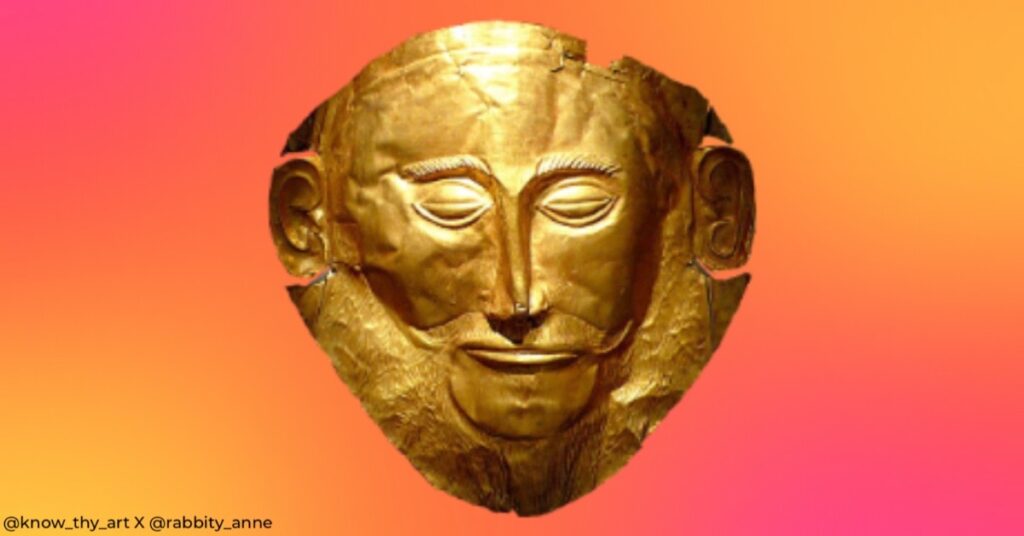
Bust of Nefertiti
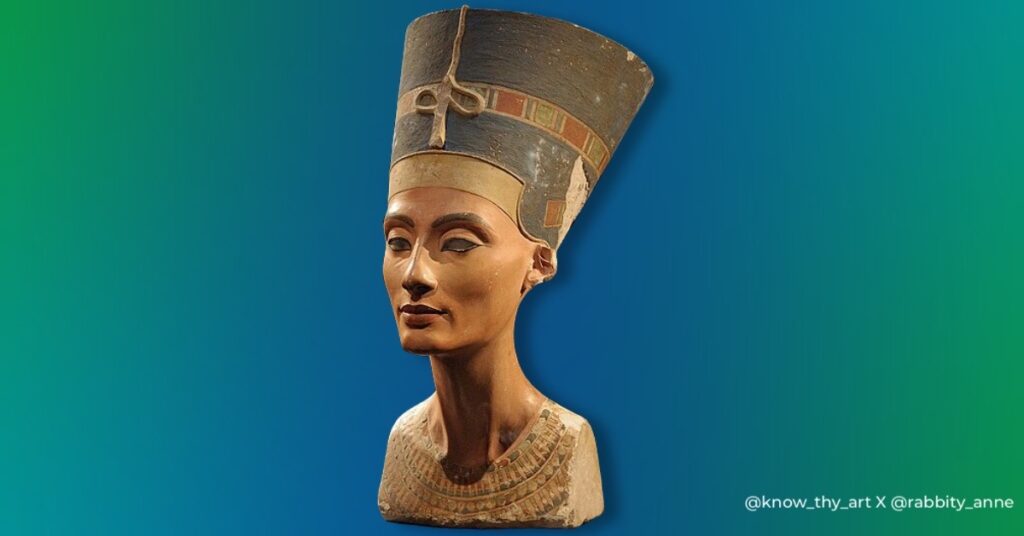
Buddhist sculptures in Asian caves
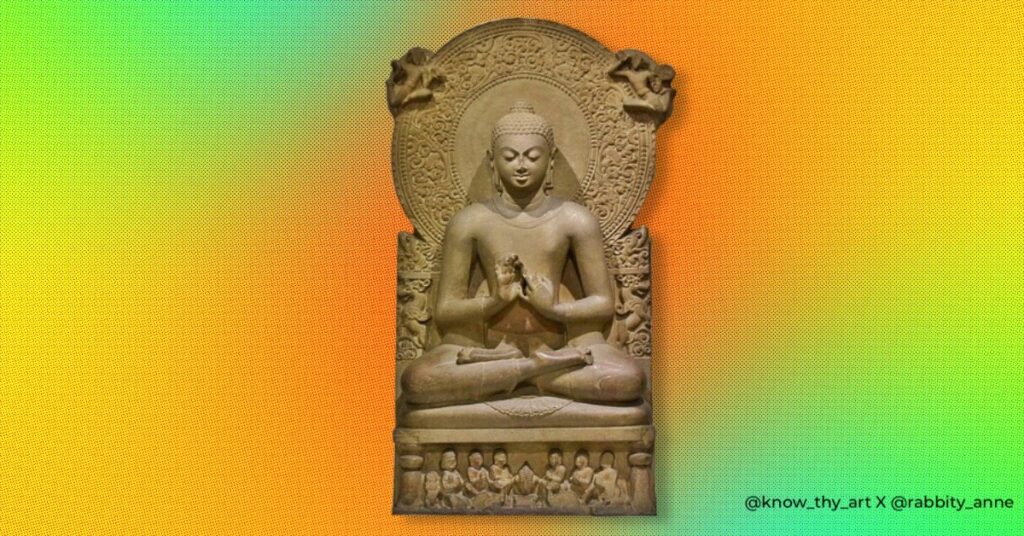
Interesting observations about Ancient Art – Art Op-Ed
The building structures people lived in, the clothes and jewellery they wore, the objects they used for customs like burials, marriages, births, solstices and worship were probably made for everyday use. The makers were commissioned by people who could afford to pay for the material and labour to make these objects. Little did they know that articles they considered to be ordinary are displayed in museums today as art.
This begs me to think that art is not always born from grand intentions or commissions for gallery displays and exhibits. Work that comes from ordinary intentions is applied to a new situation and context to become art. Perhaps the ring or bracelet on your hand will be in a museum 3000 years from now. Now that is something to think about.
Which art movement(s) came before the Ancient Art movement?
Prehistoric Art arguably came before Ancient Art. Since prehistoric and ancient art were unintentional art movements, in a way, they are viewed as “art periods.” However, the history of the ancient art movement shows us that it was this period that inspired many medieval art movements that followed.
Which art movement(s) came after the Ancient Art movement?
Medieval art period came after the Ancient art movement.
Top 9 Artworks of the Ancient Art Movement
The Great Pyramids of Giza: Engineering Marvels and Artistic Triumphs
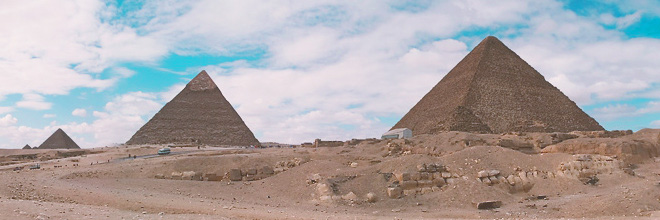
The Great Pyramids of Giza, constructed around 4,500 years ago, stand as awe-inspiring testaments to the ancient Egyptians’ artistic and engineering prowess. One estimate revolves around the precise alignment of the pyramids with celestial bodies. The architects and artists behind these colossal structures incorporated astronomical knowledge into their designs, creating a harmonious blend of art, science, and spirituality.
The Terracotta Army of Qin Shi Huang: Guardians of an Emperor’s Afterlife
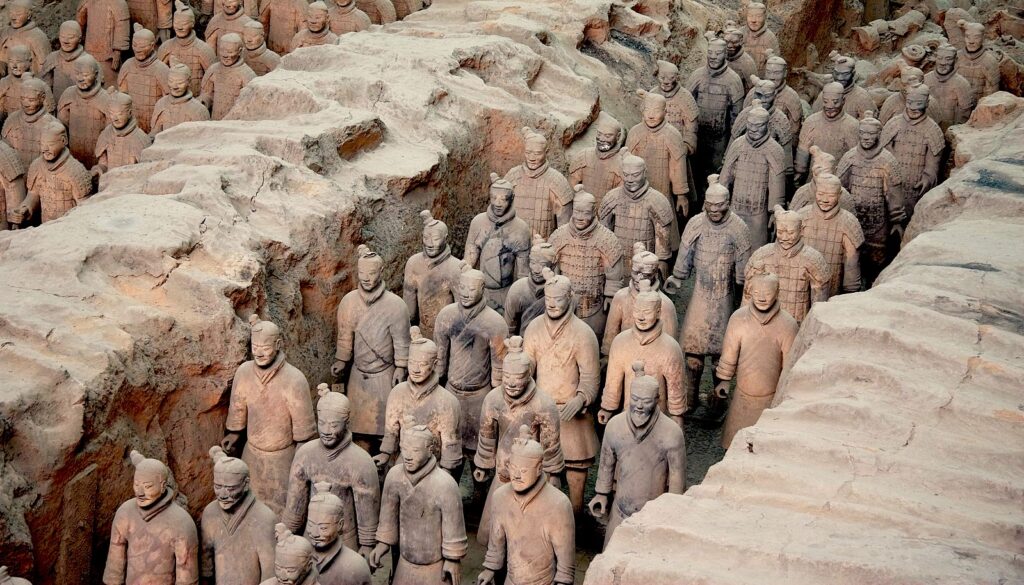
Emperor Qin Shi Huang’s mausoleum, dating back to the 3rd century BCE in China, houses one of the most remarkable archaeological finds in history: the Terracotta Army. Stories often centre on the staggering scale of this funerary art. Thousands of life-sized terracotta soldiers, horses, and chariots, each with distinct facial features and clothing, were created to protect the emperor in the afterlife.
The Parthenon Frieze: Sculpting the Myths of Ancient Greece
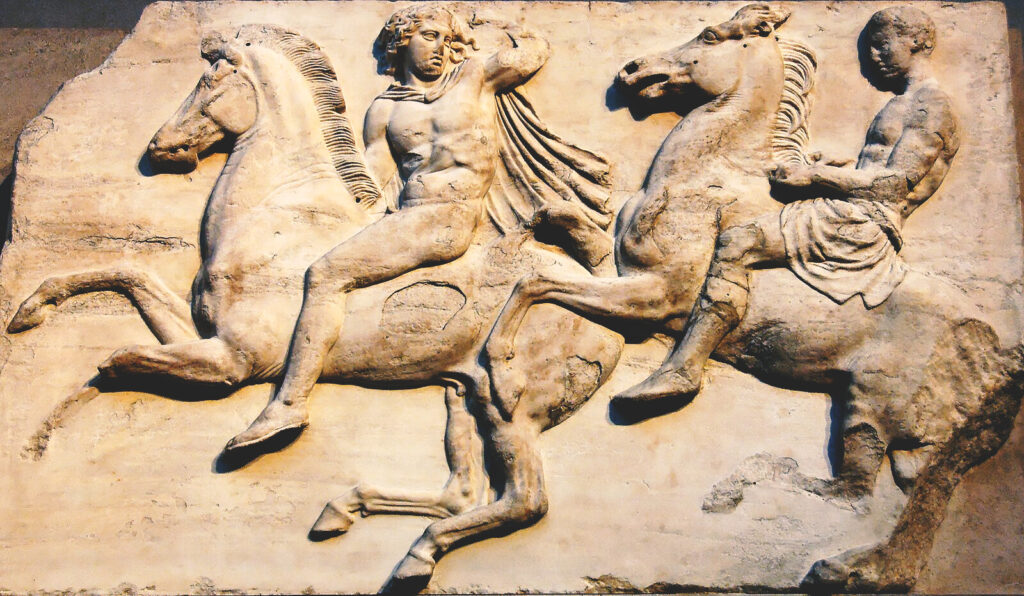
In the 5th century BCE, ancient Greece gave birth to some of the most iconic works of art in human history. The Parthenon Frieze, a 160-meter-long, sculpted relief that adorned the Parthenon temple in Athens, is a prime example. The expert craftsmanship behind this masterpiece depicted scenes from Greek mythology, including the Panathenaic Procession, with complex detail and style.
Maya Hieroglyphs and Codices: Cracking the Code of an Enigmatic Civilization
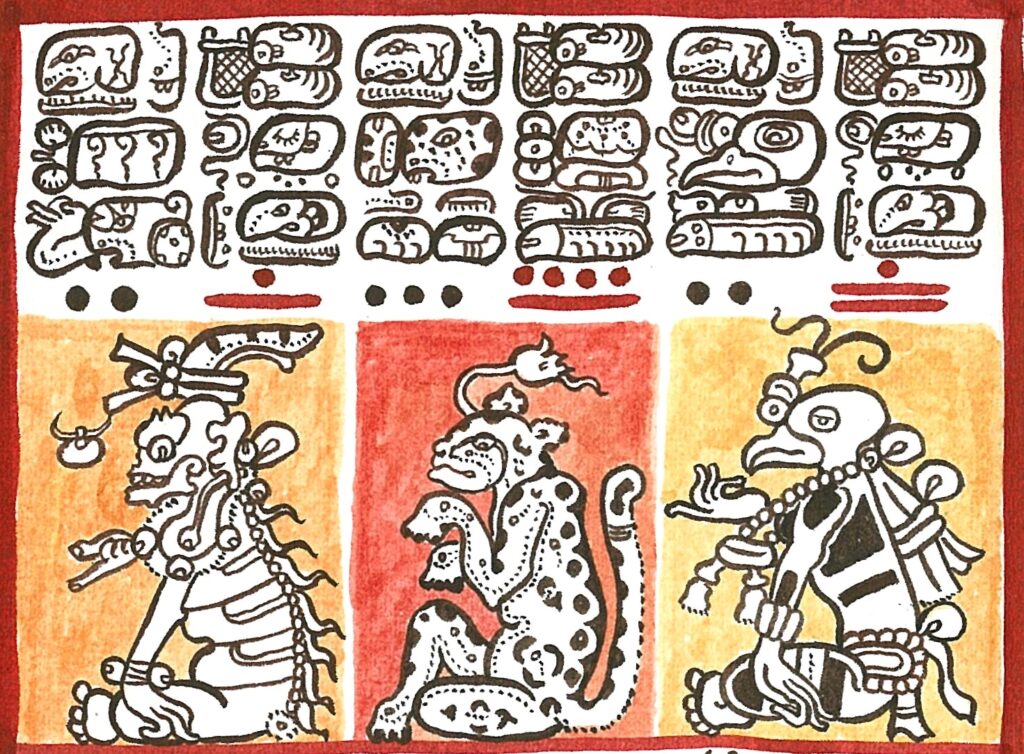
The Maya civilization, flourishing in Mesoamerica from around 2000 BCE to 1500 CE, left behind a rich legacy of art and writing. Stories often revolve around the decipherment of Maya hieroglyphs and codices. The breakthrough in understanding this intricate script has allowed us to access the Maya’s sophisticated knowledge of astronomy, mathematics, and history.
The Venus of Willendorf: A Symbol of Fertility and Mystery
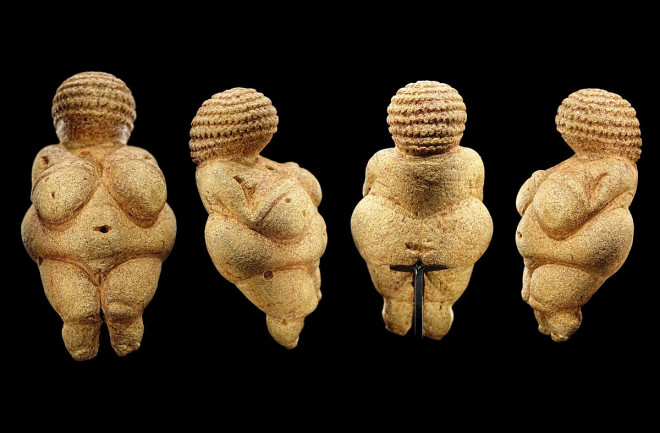
The Venus of Willendorf, a small figurine crafted around 25,000 years ago during the Paleolithic era, has sparked countless discussions and theories. Some argue it’s a symbol of fertility, while others suggest it might represent an idealized form of beauty or it might hold spiritual significance.
Ajanta and Ellora Caves: Spiritual Marvels of Ancient India
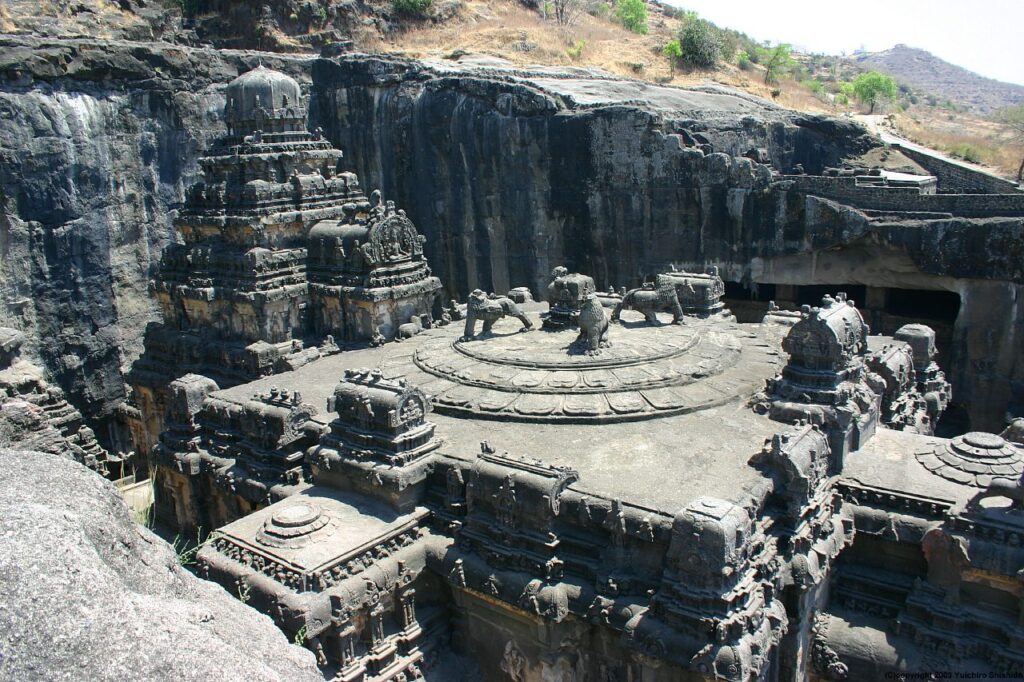
The Ajanta and Ellora caves, carved into the rock faces of western India, centuries ago, house breathtaking murals and sculptures. Observers often highlight the dedication and skill of the artists who adorned these caves with exquisite depictions of Buddhist and Hindu mythology, breathing life into the stories of ancient India.
The Ishtar Gate: A Triumph of Mesopotamian Artistry
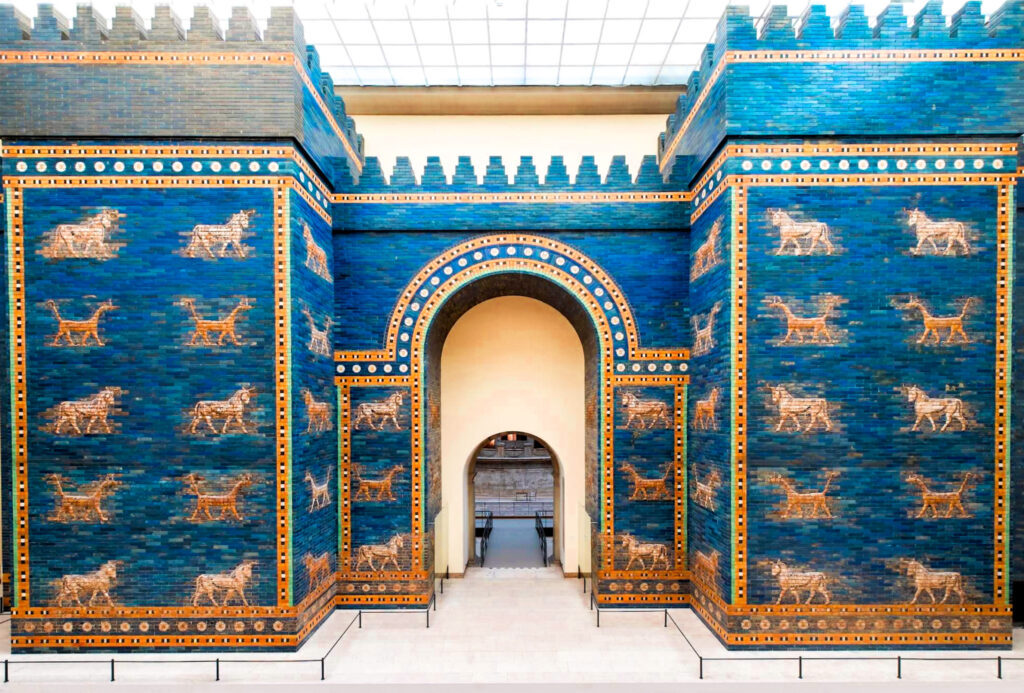
The Ishtar Gate, part of ancient Babylon’s city walls, is a stunning example of Mesopotamian art and engineering. There is often a focus on its vibrant blue glazed tiles adorned with dragons and bulls. These magnificent gates, reconstructed in Berlin’s Pergamon Museum, transport us to a time when art served both practical and aesthetic purposes.
Rock Art of Alta: Preserving Norway’s Ancient Heritage

The rock art of Alta, Norway, created around 6,000 years ago, offers glimpses into the lives and beliefs of ancient hunter-gatherer societies. There are discussions on the challenges of preserving these fragile petroglyphs, which depict scenes of hunting, fishing, and shamanic rituals. The dedication of archaeologists and conservationists to safeguarding this heritage is a story in itself.
The Nazca Lines: Enigmatic Geoglyphs of Peru
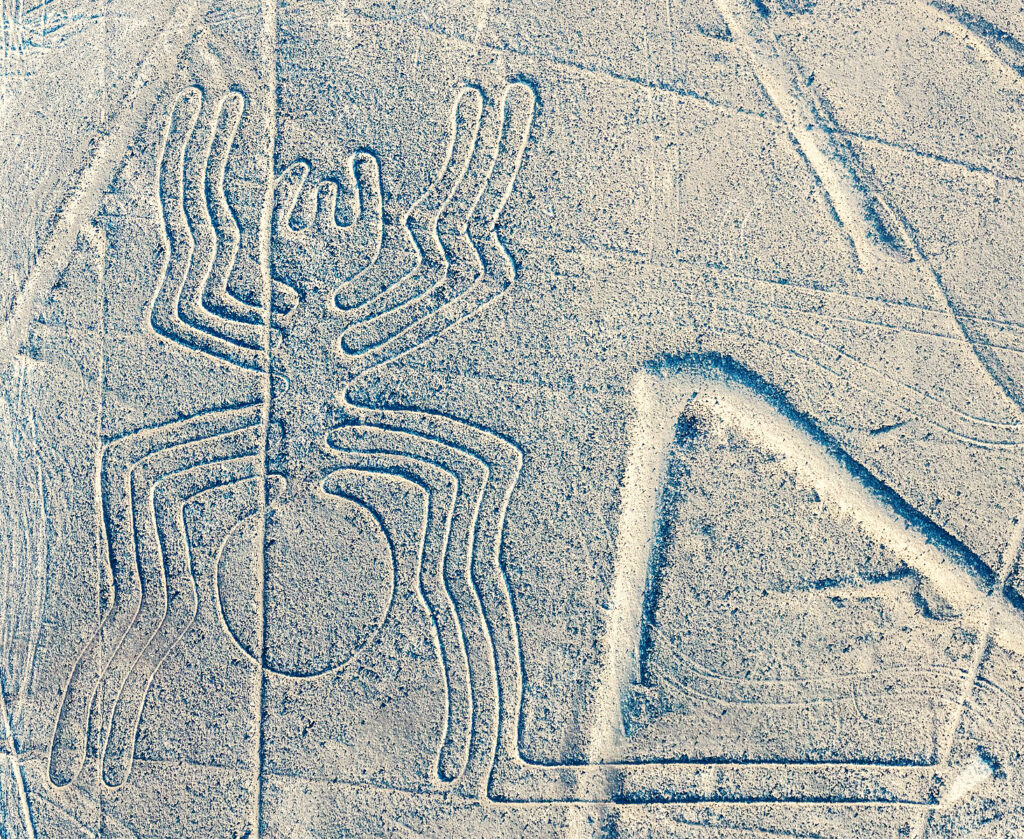
The Nazca Lines etched into the desert floor of southern Peru around 2,000 years ago, continue to baffle and inspire. There are stories about the mysteries surrounding their creation. How did the Nazca people achieve such precision and scale in their geoglyphs, especially given their limited technology? Theories range from astronomical calendars to religious rituals.
The art produced during the ancient art movement serves as a testament to the enduring human spirit of creativity, innovation, and storytelling. These artworks remind us that, despite the passage of millennia, the works of our ancestors continue to speak to us, offering insights into their worldviews, beliefs, and aspirations. As we unearth more about these ancient masterpieces, we not only gain a deeper understanding of our shared history but also reaffirm the timeless power of art to connect us across time and space.
*Images from Wiki Commons







0 Comments